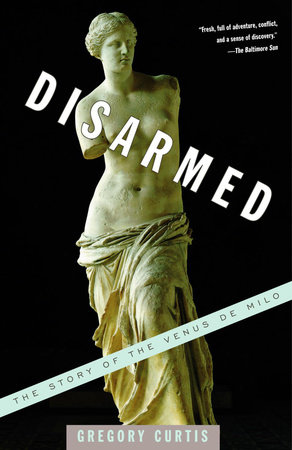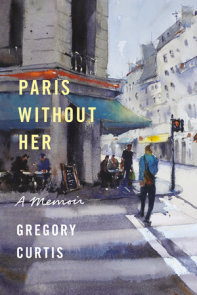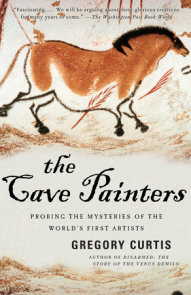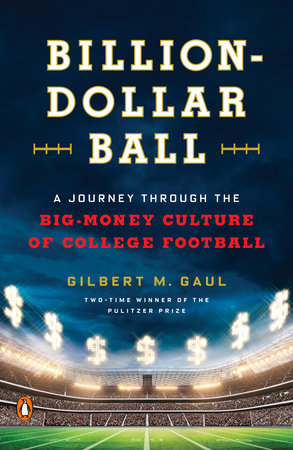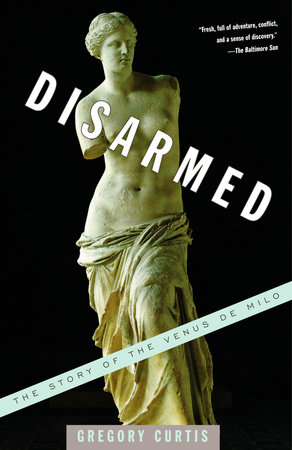


-
$18.00
Nov 09, 2004 | ISBN 9781400031337
-
Jul 18, 2012 | ISBN 9780307483836
YOU MAY ALSO LIKE
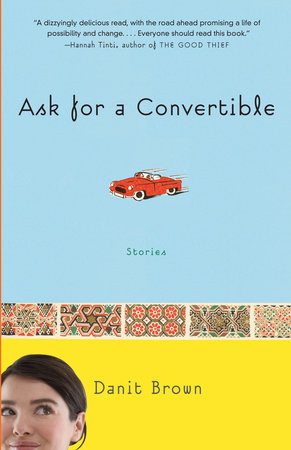
Ask for a Convertible
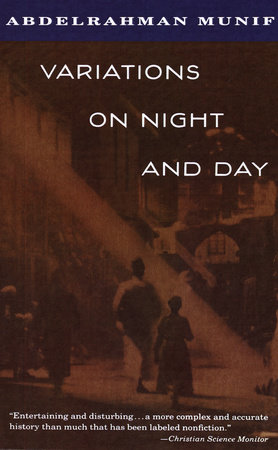
Variations on Night and Day

Uncle Remus
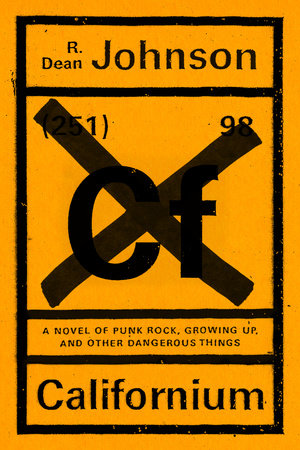
Californium

Caesar and Cleopatra

Walkman
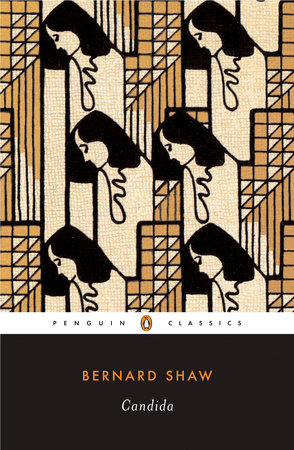
Candida

Six Psychological Studies

Sisters of the Earth
Praise
“Fresh, full of adventure, conflict, and a sense of discovery.” –The Baltimore Sun
“Masterful. . . . Entertaining. . . . Interesting and anecdote-filled. . . . A meaningful contribution to the legend of the stony seductress.” –Minneapolis Star Tribune
“Lively and engaging. . . . Readable and enlightening. . . . Filled with striking and compelling characters.” –The Dallas Morning News
“Absorbing. . . . Enormously entertaining. . . . Curtis is a writer of generous wit, who packs his book with delicious portraits of the scholars, writers, artists and politicians who contributed to the mythologizing of the Venus de Milo.” –San Jose Mercury News
“Fascinating. . . . Reads like a mystery.” –The Washington Post Book World
“Part thriller, part art history, part rumination on the Greeks. . . . Curtis writes faster and better than just about any academic art historian.” –Newsweek
“Absorbing. . . . Enormously entertaining. . . . Curtis is a writer of generous wit, who packs his book with delicious portraits of the scholars, writers, artists and politicians who contributed to the mythologizing of the Venus de Milo.” –San Jose Mercury News
“An engaging and engrossing book. It makes one want to head right off to Paris, to that long gallery in the Louvre, and have a look again.” –Larry McMurtry
“Curtis does a solid job of presenting art history as narrative non-fiction, moving the statue swiftly across many epochs and giving a taste of what it meant to each.” –Chicago Tribune
“Fascinating, scholarly, surprising, and extremely entertaining.” –Jan Morris
“Gripping. . . . [Curtis] disassembles each argument with the cranky urgency of a contemporary critic. And when he’s cleared the marble dust he takes his own crack at telling Venus’s story.” –Forbes FYI
“A memorable, fascinating, thrilling book. In vivid prose based on research of great integrity, he makes us see new depths beneath the statue’s beauty. He has created a work that will endure in your memory like the statue itself.” –Robert A. Caro
“In this colorful history of the statue and the riddles surrounding her, Curtis breathes warm life into this icon of female inscrutability.” –Men’s Journal
“I found Disarmed completely compelling. After a while, I started to think that the book would wind up getting, via a single sculpture, to everything–and it very nearly does: art, sex, politics, religion. It’s even, for me, in an oblique way, about war and “disarmament.” What a subtle, clever, nuanced work.” –David Shields
“Riveting. . . . Brisk and brilliant. . . . Highly readable, well-researched and even passionate. . . . Lush, learned, and surprisingly entertaining. . . . A stunning debut.” –Kirkus Reviews (starred review)
“Disarmed will be a startling book for readers expecting a dutiful art history lesson about a statue. It is instead a fiery and eccentric story, in whose pages all sorts of unforgettable characters fight for possession not just of the Venus de Milo herself, but of the tranquil, eternal, maddeningly elusive ideal of human perfection she represents.” –Stephen Harrigan
“Sparkling. . . . Deliciously convoluted. . . . Curtis . . . renews our appreciation for a masterpiece as beautiful as it is mysterious.” –Booklist
“A fascinating tale admirably told.” –Rosamond Bernier
“Lively and engaging. . . . Very readable and enlightening. . . . Curtis’s story is filled with . . . striking and compelling characters.” –The Trenton Times
21 Books You’ve Been Meaning to Read
Just for joining you’ll get personalized recommendations on your dashboard daily and features only for members.
Find Out More Join Now Sign In






